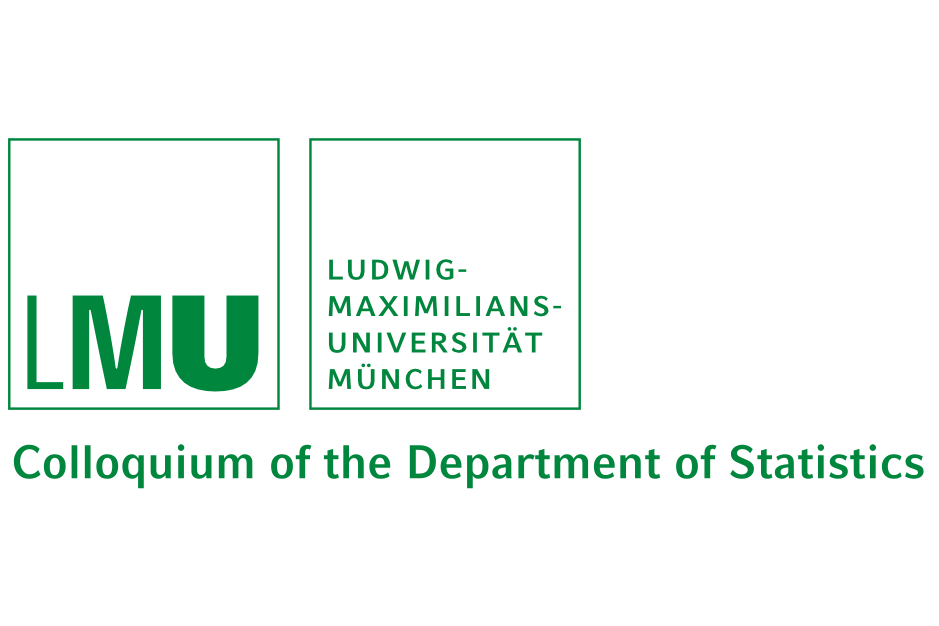10
Jan

Colloquium
From Couch to Poll: Media Content and the Value of Local Information
Mathias Bühler, Volkswirtschaftliche Fakultät, LMU Munich
10.01.2024
4:15 pm - 5:45 pm
LMU Department of Statistics and via zoom
Analyzing Canada's media landscape, the study reveals that TV introduction reduced voter turnout, primarily in public markets. Private broadcasters emphasize local information, prompting politicians in private districts to engage more locally and defy party lines. This underscores the impact of local TV on political engagement.